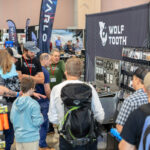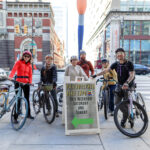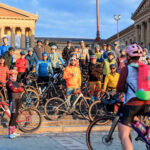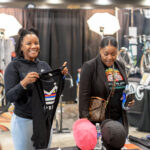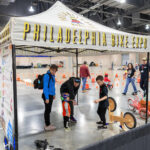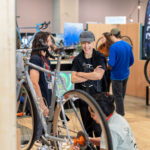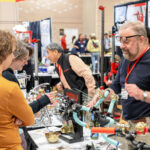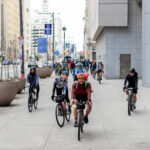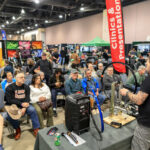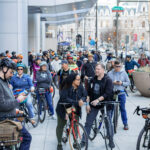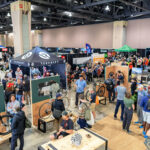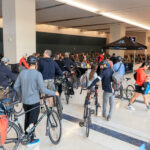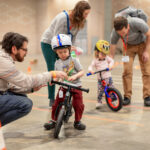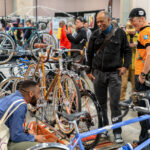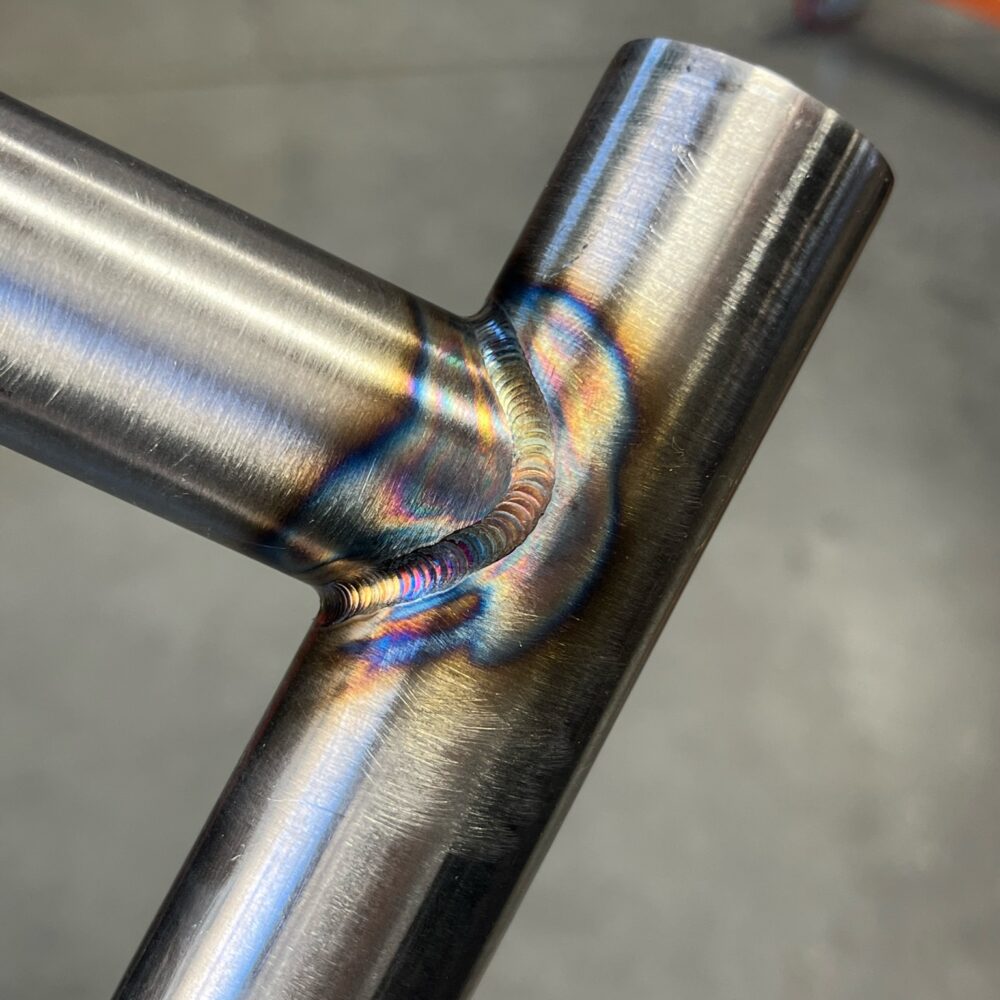
One of the great things about the frame builder industry is the steady inflow of energetic young, clever people that continues show up and set up for the long haul. Zach Weiss is all of the above, and he’s gone about it in a time-honored fashion, apprenticing under a highly respected frame builder, in this case John Caletti in Santa Cruz.

After a four-year stint learning under Caletti, Weiss has set up Zabrina Cycles in Oakland, a short drive across the Bay Bridge from San Francisco in a part of the country that has long been a cycling hotspot.
San Jose, a few miles south of San Francisco, has had a total of seven Velodromes since the late 1800s, and San Francisco has been the location of many great cycling events over the years, going all the way back to the high-wheel races in Golden Gate Park.
In the later decades of the Twentieth Century a number of frame builders had workshops all around the Bay Area and in San Francisco, but the dotcom boom gradually priced them out of the area, either that or they aged out and it was just too expensive for new builders to set up shop there. With this as a historical backdrop many in the Bay Area cycling community will take heart in the reappearance of frame builders in the region.
One of the bike designs that Zabrina Cycles is keen to promote is the flat bar gravel bike. This is the perfect vehicle for long rides in the big hills surrounding the San Francisco Bay. Those descents are manageable on drop-bar gravel bikes, but it’s a lot more fun with flat bars. Worried about the wind? Just add mini aero bars and you’ll be better equipped than a drop-bar bike.
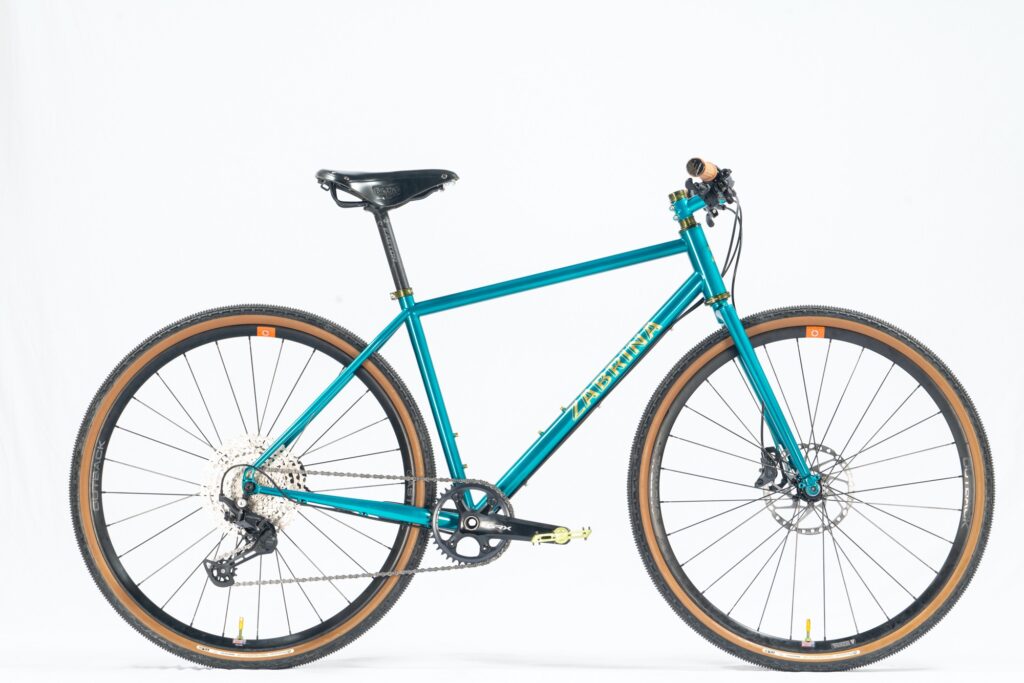
Strong winds were actually a big part in Zach’s early cycling years—he grew up in Chicago. After school he moved to California to study geology at Pitzer College in Claremont, located at the foot of the San Gabriel mountains where cycling is a popular activity. He started working at the bike co-op run by the university, and by the time he graduated in 2020 his experience customizing bikes had got him thinking about frame building.
He reached out to several frame builders for an apprenticeship, and after several positive rebuffs (“Even though they didn’t have any openings, they were encouraging, saying I should keep looking, keep trying to find somebody,” he said) finally John Caletti took him on for two days a week, and after a while fulltime.
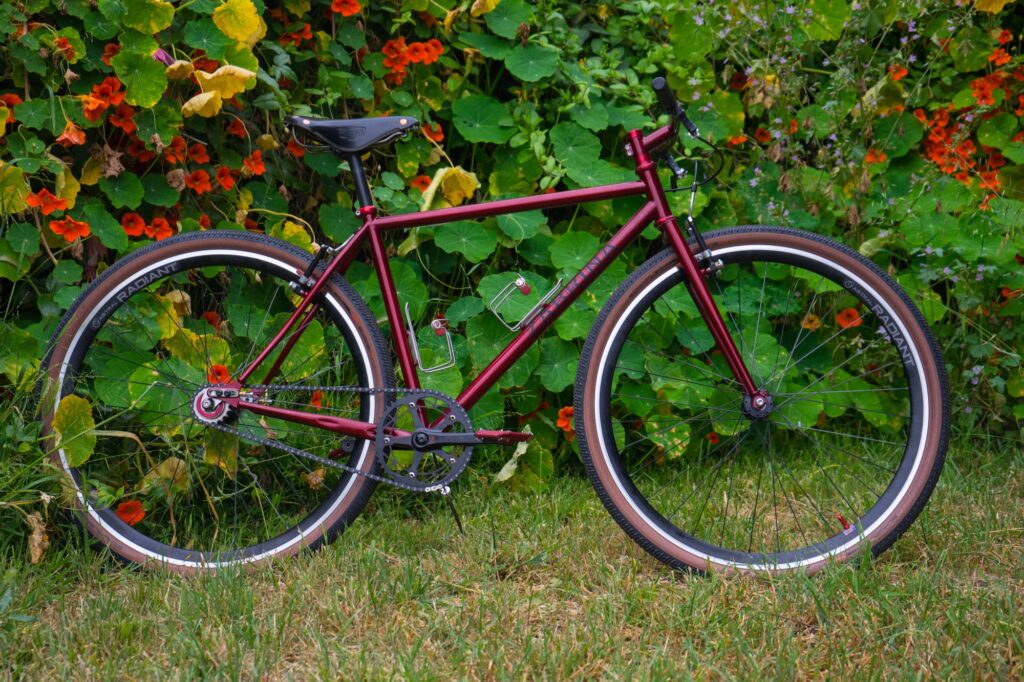
Zach worked with Caletti from May 2020 until February 2024, when he moved to Oakland. While living and working in Santa Cruz, about 90 minutes by car from San Francisco, he’d made friends with metal fabricators in the Bay Area and now supplements his income doing metalworking jobs for them and for The Crucible, a community metal working shop.
While working for Caletti, Zach was producing about 12 bikes a year on his own, so by now considers himself a competent frame builder. His TIG work looks great, and the bikes he’s currently producing have a lean, lightweight appearance making them perfect for gravel and adventure rides. He was inspired by Caletti’s Scrambler design, and loves making bikes in that theme.

“I’ll make whatever the customer wants, but the bike I like making the most is bikes for people who appreciate them. I’m so early on that just having a good customer who’s a fun person to work with is way more important than having the coolest or quirkiest design. The bike should be as light and as responsive as it can be, it’s a performance oriented bicycle. That’s where I lean, and when I get a customer who really rides their bike I get really excited by that.”
The bike that has most inspired Zach is Calett’si Scrambler. With Caletti’s blessing, Zach has based several of his bikes on that concept, only with a segmented fork. He prefers the heavier segmented fork for improved vibration damping and ride comfort as well as greater options in accommodating large front tires.
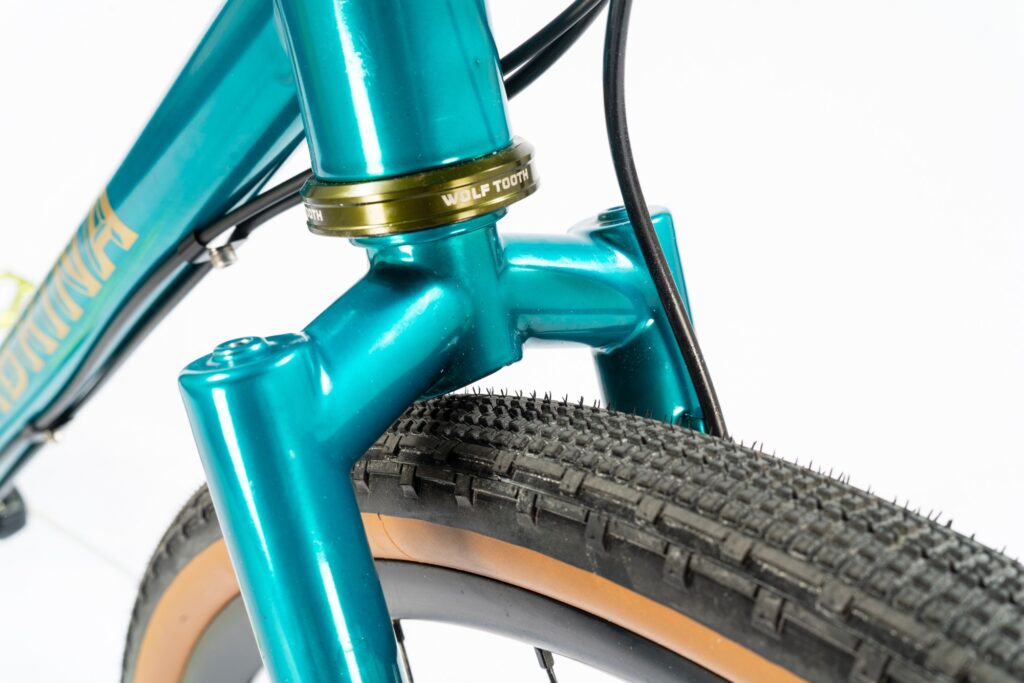
Along with Zabrina, we know of Artefact and King Fabrications as other frame builders that have opened for business in the Bay Area in recent years. Perhaps frame builders might return to the economically flattened San Francisco, bringing back the color and culture of the arts and crafts world to a city that went far too deep down the rabbit hole of silicon tech. Looking at the long line of empty storefronts along San Francisco’s once-booming Market Street, having artists and artisans occupy those vacant spaces could be just what the city needs to start picking itself back up.
